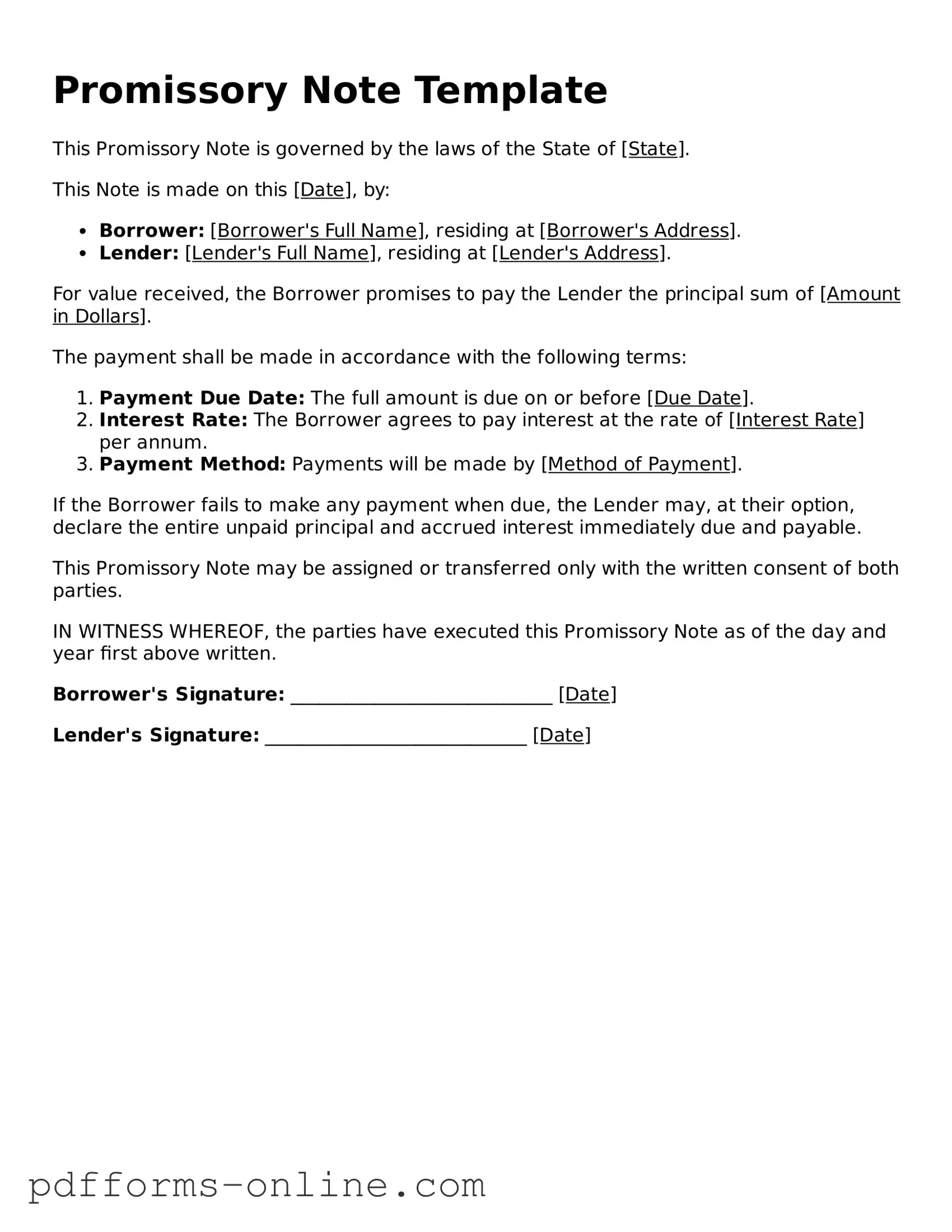A loan agreement is a formal document outlining the terms and conditions of a loan between a lender and a borrower. Like a promissory note, it specifies the amount borrowed, the interest rate, and the repayment schedule. However, a loan agreement typically includes additional clauses covering default, collateral, and other legal obligations, providing a more comprehensive framework for the transaction.
A mortgage is another document similar to a promissory note, as it secures a loan with real property. When a borrower takes out a mortgage, they sign a promissory note to promise repayment and a mortgage document to give the lender a claim against the property. This dual approach ensures that the lender has recourse in case of default, protecting their investment.
An IOU, or "I Owe You," is an informal document acknowledging a debt. While a promissory note is a legally binding contract with specific terms, an IOU serves as a simple acknowledgment of a debt. It does not usually contain detailed repayment terms or interest rates, making it less formal but still a recognition of the borrower's obligation to repay.
A credit agreement is similar to a promissory note in that it outlines the terms of borrowing. This document often applies to revolving credit accounts, such as credit cards or lines of credit. It details the credit limit, interest rates, and repayment terms, just like a promissory note, but it is typically more complex due to the nature of revolving credit.
A lease agreement shares similarities with a promissory note when it comes to payment obligations. In a lease, the tenant agrees to pay rent to the landlord over a specified period. The lease outlines the payment amount and schedule, akin to the repayment terms in a promissory note. However, a lease also includes additional terms regarding property use and responsibilities.
A personal guarantee is a document that an individual signs to assume responsibility for a debt or obligation of a business or another person. It is similar to a promissory note in that it establishes a commitment to repay a debt. However, a personal guarantee often accompanies a loan agreement or credit application, providing additional security for the lender.
Filling out a comprehensive Rental Application form is a crucial step for tenants seeking to secure a rental property. This document allows landlords to assess an applicant’s suitability based on their rental history and personal financial information.
An installment agreement is a payment plan that allows borrowers to pay off a debt in smaller, manageable amounts over time. Like a promissory note, it specifies the total amount owed and the repayment terms. However, installment agreements often include provisions for late payments and other penalties, which are not typically detailed in a standard promissory note.
A bond is a formal debt security issued by a borrower, typically a government or corporation, to raise funds. Like a promissory note, a bond represents a promise to repay borrowed money with interest. However, bonds are usually issued in larger amounts and traded on financial markets, making them more complex than a typical promissory note.
A letter of credit is a financial document issued by a bank guaranteeing a buyer's payment to a seller. It is similar to a promissory note in that it assures the seller of payment. However, a letter of credit involves a third party (the bank) and is often used in international trade, adding layers of complexity to the transaction.
A purchase agreement is a contract between a buyer and seller outlining the terms of a sale. While it primarily focuses on the sale of goods or property, it can include payment terms similar to those found in a promissory note. This agreement ensures both parties understand their obligations, including payment timelines and conditions for delivery.
